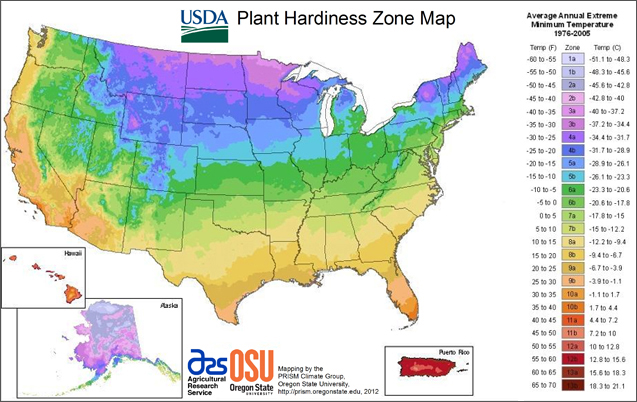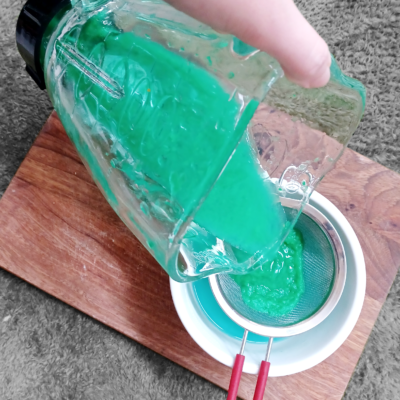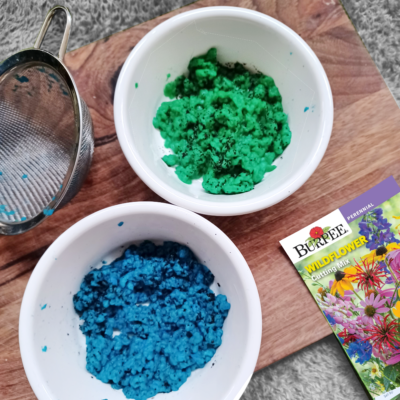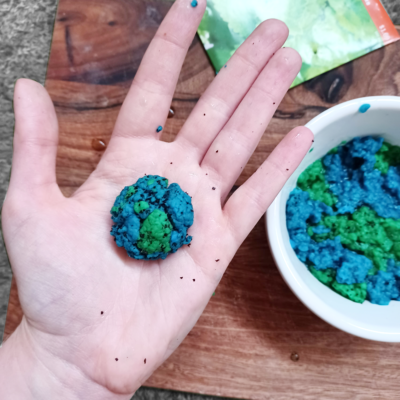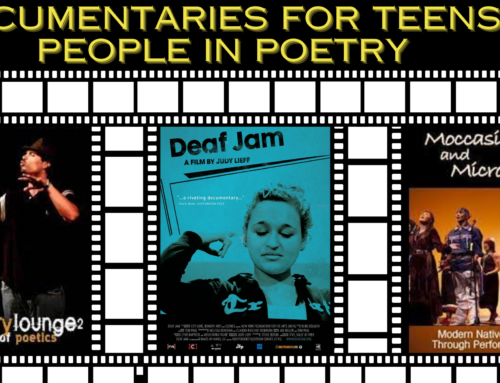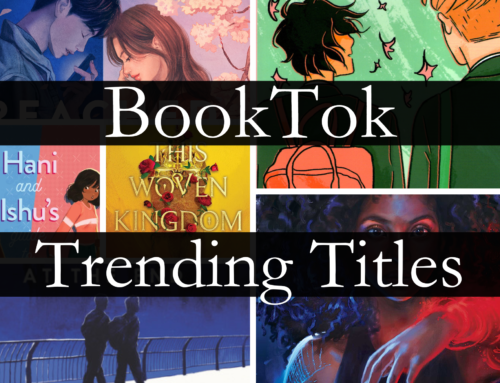
It’s Earth Day! To celebrate, we wanted to share an awesome DIY project to help spread some springtime cheer. We’re going to be making wildflower seed bombs!
These ‘bombs’ are packed with wildflower seeds that are native to Maryland. They help boost our natural ecosystem through attracting and feeding butterflies, hummingbirds, and honeybees, which are essential pollinators for our environment. It’s important to support our natural plants and native species of flora by planting things that won’t compete for resources with native plants. Non-native plants are called ‘invasive’ because they take over whatever areas they are planted in, leaving no room for our awesome native species!
You can find seeds that thrive in our area through something called the “Plant Hardiness Zone Map”. Here in Maryland we live in ZONE 7. The zones are determined by the climate – or the weather of where you live! It’s an easy way to figure out if a plant is going to survive and thrive in your backyard.
When you know your plant hardiness zone, you can select seeds and plants that are best suited to the specific conditions in your area. In Zone 7, the climate typically features mild winters with temperatures that rarely drop below 0°F (-17.8°C). This means you have a wide variety of plants to choose from that can withstand these conditions. From colorful flowers like tulips and daffodils to delicious vegetables like tomatoes and peppers, your options are plentiful. By selecting plants that are well-suited to your zone, you can create a beautiful and thriving garden that will bring joy and beauty to your backyard all year round.
Supplies:
Earth Day is April 22nd, so get your hands dirty and be a part of the celebration by spreading beauty and supporting biodiversity with these wildflower seed bombs. Let’s make our world a greener and more vibrant place, one seed bomb at a time! Happy Earth Day!

